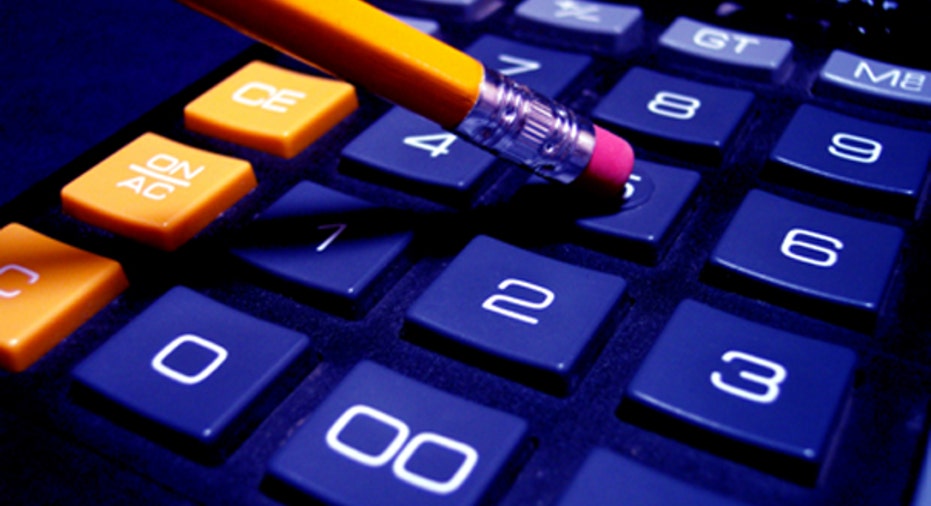Ten Ways You Should be Using Quickbooks

Entrepreneurs use the accounting program QuickBooks accounting software more than any other. They use it whether they’re starting a new business or streamlining an existing one. Yet many of them barely scratch the surface of QuickBooks' functionality, according to Lisa Grossman, a CPA the firm Kaufman, Rossin & Co. Grossman, who heads the firm's QuickBooks consulting practice, offers BusinessNewsDaily readers the following 10 tips to get more out of QuickBooks.
Get the most out of the existing reports.
- Use accounts receivable aging for a snapshot of information such as who owes you money, how much they owe you, and how long they’ve owed you.
- Use accounts payable aging for a snapshot of who you owe money to and to monitor cash flow better
- Prepare reports with comparative balances to the prior year or period to analyze trends in income and expenses
- Check out the preformatted and customizable reports that are available to analyze your business. Most people aren’t aware of the options.
Use budgets.
- Budgets provide a benchmark or target. They represent what you thought you were going to be able to do for the year. Comparing actual results to budgets provides a good management tool to see how you are performing in various areas of your business.
Export information to Excel.
- This provides easy access to reports and data for users not knowledgeable in QuickBooks. It also lets you sort data and prepare charts and graphs not available in QuickBooks.
Use classes.
- Classes allow you to track income and expenses by department, location, separate properties, or any other meaningful breakdown of your business. This provides management with an additional tool to track the performance of different business areas.
Set it up right.
- Take the time and use a knowledgeable person to set up QuickBooks from the start. This helps ensure that you have a good chart of accounts and good foundation for entering your data.
Enter data properly and consistently.
- This ensures that you get accurate and useful reports. For example: Sales by Customer. If you enter the customer as ‘Kaufman Rossin’ one time and ‘Kaufman Rossin & Co.’ another time, you now have two customers, not one.
Close periods using passwords.
- Closing periods with passwords at month end dates prevents changes to prior periods that have already been reviewed and finalized. This protects you from fraud and error.
Don't share logins.
- Create separate users and passwords for each person to limit access to functions and reports. This tracks activity and changes by user if needed for auditing changes to the books.
Reconcile cash at month end.
- Reconciling confirms that cash is accurate. If your cash is accurate than there is a better chance that the rest of your activities are reported accurately.
Understand and use adjusting journal entries.
- The journal entries are a useful tool for entering transactions, correcting prior periods, etc.
- Small Business Accounting Software: How to Pick the Right Program
- The Best Online Accounting Software Ranked
- What is a Profit and Loss Statement?
Copyright 2012 BusinessNewsDaily, a TechMediaNetwork company. All rights reserved. This material may not be published, broadcast, rewritten or redistributed.



















